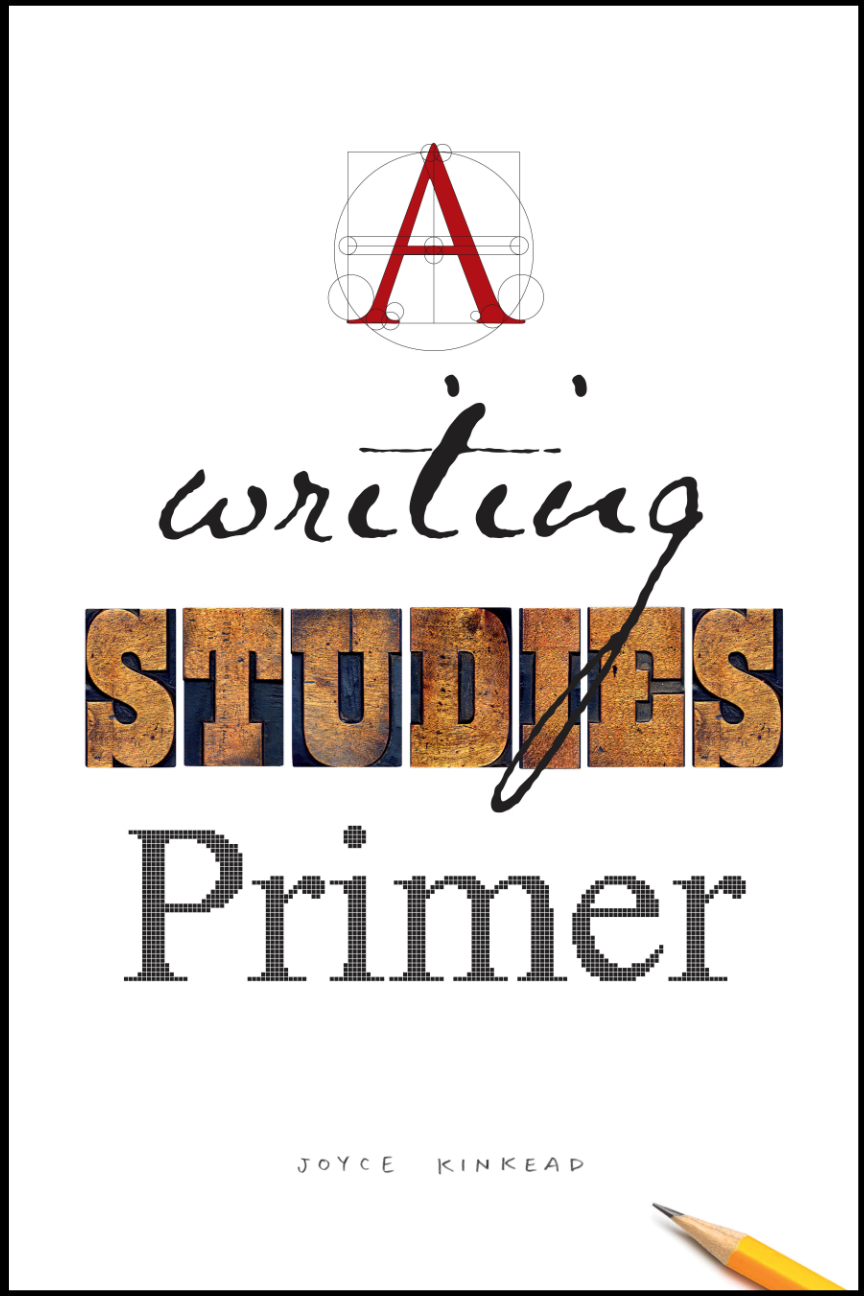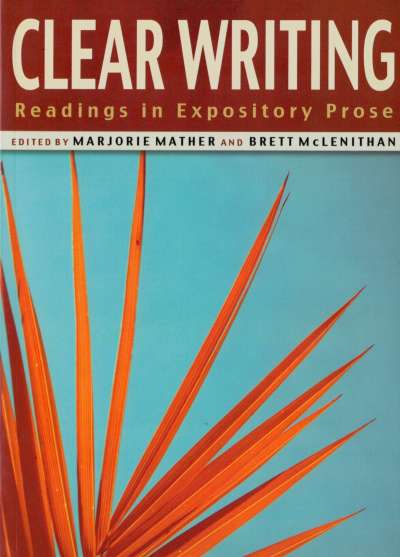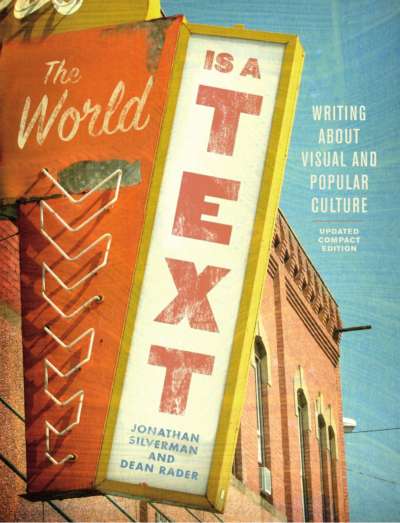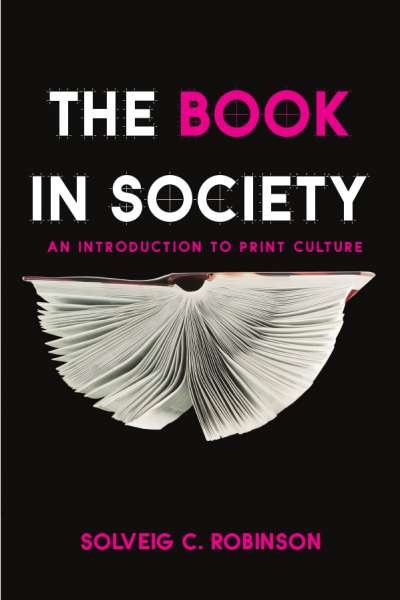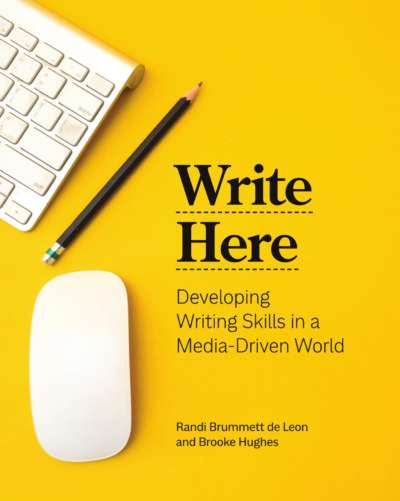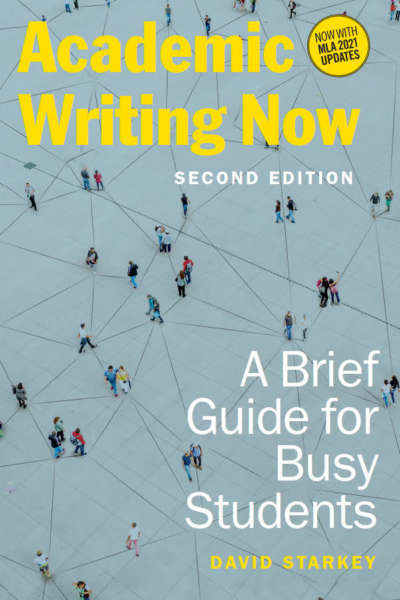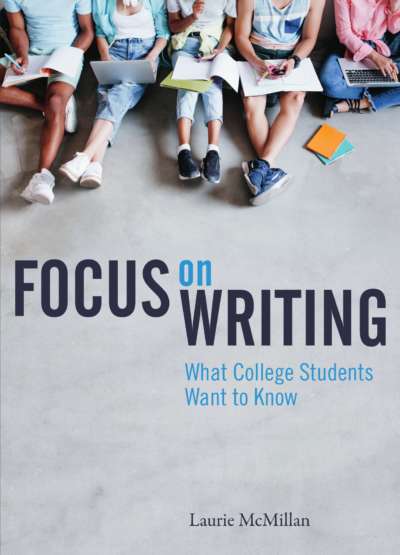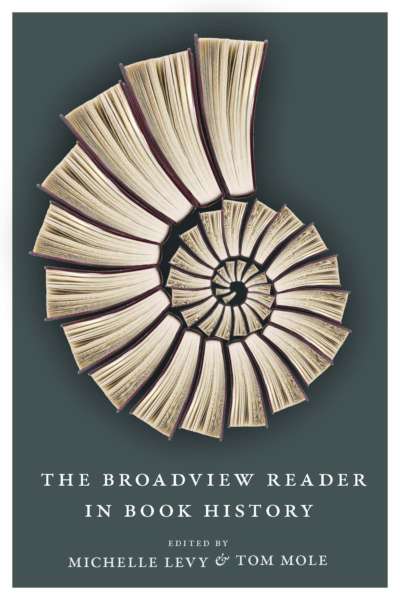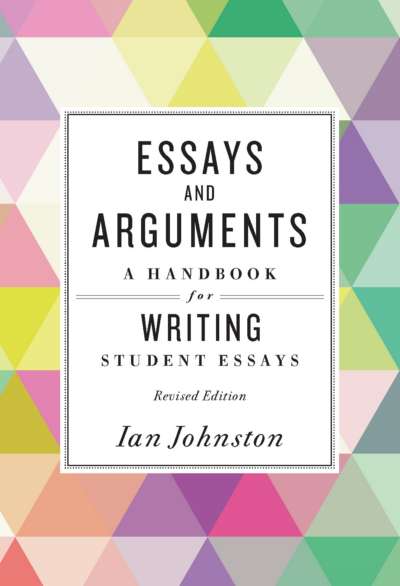Writing is omnipresent in our lives, yet we too rarely stop and consider its history, tools, technologies, and mythologies. This volume introduces student readers to the development of writing across time and societies. The book incorporates autoethnography and asks readers to consider writing histories, influences, processes, and tools in their own lives. Short readings and writing exercises are included for each chapter, and illuminating visual images are incorporated throughout.
Designed for composition courses with a Writing about Writing focus or courses in writing studies, A Writing Studies Primer is a unique introduction to writing through its material culture.
Comments
“Joyce Kinkead has written an enormously engaging, insightful, and valuable book on the history, technologies, materials, and conditions of writing, from ancient China to the 2020 pandemic. I underscore engaging, because while this book is encyclopedic in the very best sense, it is also deeply personal, with a lively style and personal anecdotes drawn from Kinkead’s expert experiences and travels, literally around the world. Beyond the wealth of fascinating information and insights about writing (Scratches on bones? Multiple alphabets? Rags into paper? Why books are books? Patron saints and muses? Letters? Ancient schools?), she includes questions and hands-on activities that are invariably engaging. I found myself consistently intrigued, and I imagine that everyone from students to writers to casual readers will be too. A Writing Studies Primer is a bountifully important and entertaining gem—a Red Letter Book.” — Douglas Hesse, The University of Denver
“Joyce Kinkead’s helpful, broadly focused primer is written by a scholar who is clearly in love with the field of writing studies, even after being immersed in it for 40 years. In this book, which is pitched toward both graduate and undergraduate students, she speaks in clear, compelling, and creative prose about diverse topics encompassed by our discipline, including the writing process, the history of writing and alphabetic/print culture, and the material culture of writing. While her book is rich in history and concepts important to the study of writing, it is at the same time written with accessibility in mind, and students and faculty will appreciate Kinkead’s smart and translucent writing. Writing studies is a discipline that is often hard to describe to students and faculty, and this book can help not only introduce it but also encourage students to take it up.” — Cydney Alexis, Kansas State University
Acknowledgments
Preface: An Introduction to the Primer
Chapter 1 Writing the Self: Autobiography and Autoethnography
- Autobiography and Autoethnography
- Interrogating Your Writing Life
- Why Writing Implements Matter
- Writing and Culture
- Research Integrity
- Invitation to Write and Reflect
- Future Writing
Chapter 2 Origins of Writing
- Oracle Bones
- Cuneiform
- Hieroglyphics
- Mesoamerican Glyphs
- Concluding Thoughts
- Questions to Consider
- Do-It-Yourself Hands-On Activities
- For Further Reading
- Interested in Learning More?
Chapter 3 Alphabets, Syllabaries, and Pictography
- Pictography
- Alphabets
- Syllabaries
- Some Other Alphabets
- Runic
- Cyrillic
- Arabic
- Hebrew
- Deseret Alphabet
- Braille
- Electronic Alphabet
- International Phonetic Alphabet
- Concluding Thoughts
- Questions to Consider
- Invitation to Reflect and Write
- For Further Reading
- Interested in Learning More?
Chapter 4 Pencils, Pens, and Ink
- Pencils
- From Pencils to Pens
- Quill Pens
- Fountain Pens
- Ballpoint Pens
- Handwriting
- Ink
- Erasure
- Writing Implements, War, and Trade
- Concluding Thoughts
- Questions to Consider
- Do-It-Yourself Hands-On Activities
- Invitation to Reflect and Write
- For Further Reading
- Interested in Learning More?
Chapter 5 Paper
- The Invention of Paper
- Life in a Medieval Paper Mill
- The Demand for Paper
- Handmade Paper
- Before Paper
- Paperless Society?
- Questions to Consider
- Do-It-Yourself Hands-On Activity
- Invitation to Reflect and Write
- For Further Reading
- Interested in Learning More?
Chapter 6 The Book
- Sacred Books
- Printing and Reproduction of Texts
- Secular Books
- The Format of the Book
- The Book and Mass Production
- Tiny Books
- Book Arts
- Concluding Thoughts
- Questions to Consider
- Do-It-Yourself Hands-On Activities
- Invitation to Reflect and Write
- For Further Reading
- Interested in Learning More?
Chapter 7 The Printing Press
- The History of Printing
- Gutenberg’s Printing Press
- The Printing Press in England
- Hawaiian Printing Presses
- Women and Printing
- The Edict of Nantes
- Before Gutenberg
- Pushback on Industrialized Printing
- Concluding Thoughts
- Questions to Consider
- Do-It-Yourself Hands-On Activity
- Invitation to Reflect and Write
- For Further Reading
- Interested in Learning More?
Chapter 8 Punctuation
- How Punctuation Developed
- British and American Punctuation
- Is Punctuation a Joke?
- Questions to Consider
- Do-It-Yourself Hands-On Activities
- Invitation to Reflect and Write
- For Further Reading
- Interested in Learning More?
Chapter 9 Gods, Goddesses, Muses, and Patron Saints of Writing
- Patron Saints
- Gods and Goddesses
- Talismans
- Inspiration and Intercession
- Questions to Consider
- Invitation to Reflect and Write
- For Further Reading
Chapter 10 QWERTY: Typewriters and Computers
- The Trendy Typewriter
- The Origins of Typewriters
- Social Impact of Typewriters
- Electric Typewriters
- International Typewriters
- Typewriter Nostalgia
- The Digital Revolution
- How Computers Changed Writing
- Voice-to-Text Technology
- Concluding Thoughts
- Questions to Consider
- Do-It-Yourself Hands-On Activities
- Invitation to Reflect and Write
- For Further Reading
- Interested in Learning More?
Chapter 11 Writing as Art
- Calligraphy
- Beautiful Books
- Typography
- Typeface Design
- Bespoke Typeface
- Concluding Thoughts
- Questions to Consider
- Do-It-Yourself Hands-On Activities
- Invitation to Reflect and Write
- For Further Reading
- Interested in Learning More?
Chapter 12 Writing Letters: The Epistolary Tradition
- What Is a Letter?
- Letter-Writing Manuals
- Letters and War
- The Civil War
- World War I
- Posting Letters
- The Epistolary Novel
- Electronic Mail
- PostSecret
- Dead Letters and the Death of Letters
- Questions to Consider
- Do-It-Yourself Hands-On Activities
- For Further Reading
- Interested in Learning More?
Chapter 13 Writing and School
- Ancient Schools of Writing
- Classical Greek and Roman Schools and Writing
- Writing and Medieval Schools
- Twentieth-Century Schools and Writing
- Ability and Disability
- Concluding Thoughts
- Questions to Consider
- Invitation to Reflect and Write
- For Further Reading
- Interested in Learning More?
Chapter 14 Writing and Work
- What Is Workplace Writing?
- The Importance of Writing in the Workplace
- Concluding Thoughts
- Questions to Consider
- Invitation to Reflect and Write
- For Further Reading
Chapter 15 Social Media
- Is There an App for That?
- What Does It All Mean?
- Digital Detox
- The Dark Side of Social Media
- Social Media through the Ages
- Is Graffiti Social Media?
- Concluding Thoughts
- Questions to Consider
- Invitation to Reflect and Write
- For Further Reading
- Interested in Learning More?
Chapter 16 Writes/Rites of Passage
- Writing, Culture, and Preservation
- School
- Writing as Therapy
- Lifespan Writing
- Questions to Consider
- Do-It-Yourself Hands-On Activity
- Invitation to Reflect and Write
- For Further Reading
- Interested in Learning More?
Glossary
Works Cited and Bibliography
Permissions Acknowledgments
Index
Biography
Colophon
Joyce Kinkead is Distinguished Professor of English and Honors at Utah State University. She has directed writing programs and writing centers as well as Writing Fellows and Undergraduate Teaching Fellows. Widely published in the fields of writing studies and composition studies, she is an acclaimed teacher and advocate for improved writing pedagogy.
For a sample of A Writing Studies Primer, click here.

